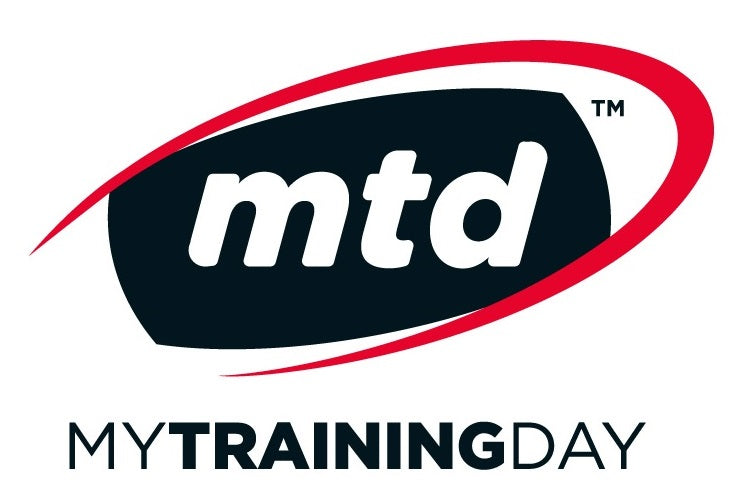Training Glossary
What is an FTP?
(Functional Threshold Power) FTP represents the maximum average power you can maintain for an hour long effort.
What is TSS?
Training Stress Score (TSS) is a composite number that takes into account the duration and intensity of a workout to arrive at a single estimate of the overall training load and physiological stress created by that training session. It is conceptually modeled after the heart rate-based training impulse (TRIMP). By definition, one hour spent at Functional Threshold Power (FTP) is equal to 100 points.
Running Training Stress Score (rTSS)?
Running Training Stress Score (rTSS) is similar to Training Stress Score (TSS), but instead of being powermeter based, it is based on pace. Since running pace is a function of power, and for most runners, speed or pace is the measure of greatest interest, we can use the same principles applied in the TSS system to quantify training stress in running. In particular, the
What is sTSS?
Swim Training Stress Score (sTSS) Swim Training Stress Score (sTSS) is based on your functional threshold swim pace, total distance covered, and total moving duration (duration not including rest periods).
What is hrTSS?
Heart Rate Training Stress Score (hrTSS) Heart Rate Training Stress Score (hrTSS) is based on time in heart rate zones (based on users lactate threshold heart rate), and is not as accurate as Powermeter based TSS or running pace baced rTSS.
What is tTSS?
TRIMPS Training Stress Score (tTSS) is based on average heart rate, total duration of the workout and the person's physiological heart rate properties (resting heart rate, threshold heart rate, and maximum heart rate).
Normalized Power (NP)?
An estimate of the power that you could have maintained for the same physiological "cost" if your power had been perfectly constant, such as on an ergometer, instead of variable power output. NP is used to calculate TSS.
Normalized Graded Pace (NGP)?
The adjusted pace reported from a global positioning system (GPS), or other speed/distance device, that reflects the changes in grade and intensity that contribute to the physiological cost of running on varied terrain. For more information on NGP, please see:
Intensity Factor (IF)?
For any workout or part of a workout, the ratio of the Normalized Power to the rider's functional threshold power, which gives the user a relative intensity in relation to their threshold power. IF is used to calculateTSS.
What is aerobic decoupling (Pa:Hr or Pw:Hr)?
Research indicates that when aerobic endurance improves there is reduced heart rate drift relative to constant outputs (power and speed). And, of course, the reverse of this is that when heart rate is held steady during extensive endurance training, output may be expected to drift downward. This parallel relationship between input (heart rate) and output (power or speed) is referred to as "coupling." When they are no longer parallel in a workout as one variable remains steady while the other drifts the relationship is said to have "decoupled." Excessive decoupling would indicate a lack of aerobic endurance fitness.
What is Efficiency Factor (EF)?
To determine EF the software divides normalized power or normalized graded pace by average heart rate for the workout or selected workout segment such as an interval. By comparing the resulting ratios for similar workouts over several weeks you can measure improvements in aerobic efficiency. If heart rate during an all-aerobic (below lactate/anaerobic threshold) workout rises while the intensity (power or pace) stays the same then the athlete is not operating efficiently and his or her aerobic endurance is questionable. The same is true if heart rate stays the same and power decreases or the pace slows. If you are making good aerobic progress progress then your EF will rise over the course of a few weeks.
Critical Power/CP-
The average power a cyclist can maintain for any given duration of time. Critical power can be used as a parameter for training intensity once a rider's CP zones are determined by completing CP field tests. CP zones are expressed as CP followed by the time duration in minutes. Typical CP durations are CP.2 (12-seconds), CP1 (one-minute), CP6, CP12, CP30, CP60, CP90, and CP180.
